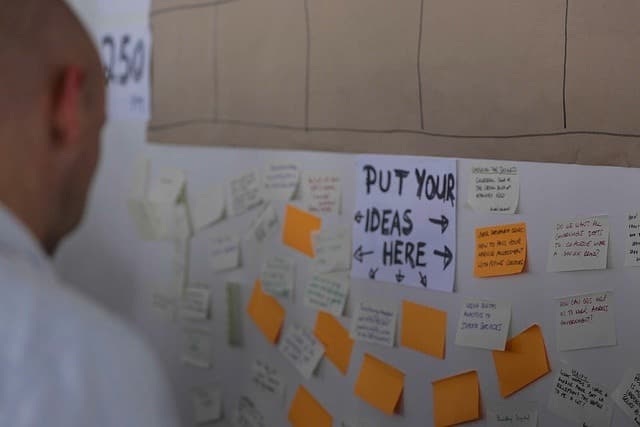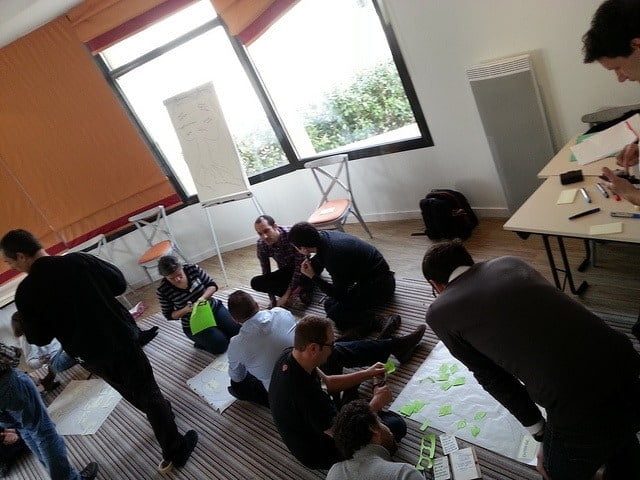The processes and methodologies that once guided development and research have evolved over time resulting in more effective product development and client satisfaction. One of the key factors that has enabled this is the agile approach to software development. Agile software development has fast become a cornerstone for many technology companies, regardless of size, product/service, or client goals.
The agile development approach is ideal for fostering collaboration, teamwork, product investment, and in meeting client goals/needs. With small cohesive teams working in two or three-week cycles or sprints on a small number of clearly defined features or stories, there is always a measure of completion and success at the end of this cycle. Teams meet at the beginning of the sprint to determine which stories are most important and then determine how much time each story requires. This time commitment includes development, testing, and documentation. With this approach, at the end of the sprint, the work is completed and no stories carry over into the next sprint.
So, how do you manage this agile software development approach? Whether you’re learning about agile or have been doing it for some time, you’ve likely faced some hurdles in how to support this new approach to development and product roll-out.
There is a wide-range of software packages and tools to help you best manage your teams, stories, testing, development and client roll-out. So how do you decide which tool is best for you and your team? Well, we think the best way to analyze these products is to keep in mind the prime rewards or benefits of agile development – look for a tool that enables you to keep these at the forefront.
Supportive Collaboration

A successful agile team is a collaborative team. The team can be remotely located but the key to success is that the team works together towards a defined list of sprint goals. This ensures that everyone is involved, sharing their experiences and roadblocks to success and helping one another to meet the sprint goals. When you’re looking at an agile management software tool to help you encourage and support this collaboration, make sure the tool is simple to-use, is flexible and can be accessed on a range of devices and locations. Your team needs to use this tool to keep one another updated on progress, to keep product management engaged and to help guide subsequent sprints.
Open Communication
In the old days of software development, companies would be off developing new products and features without any client engagement. At the end of a quarterly or even six-month development cycle, the company would release a product or product update to the client. Because of the nature of this old development process, the client typically wasn’t aware of the new product or didn’t understand why they needed it – resulting in a long and expensive sales cycle. Now with the agile approach, clients are engaged from the beginning. The short two or three-week sprint cycle guarantees that at the end of the sprint, you and your team have new features which can be demonstrated and even used by the client. When agile is done well and effectively, software releases happen at the end of every sprint. To support this, you need to have an effective way to communicate and engage with your clients – look for an agile tool that supports community engagement and can interact with the knowledge base in your client community. Just as your team is openly communicating and engaging during the sprint, you need to do the same with your clients.
Clear Requirements
Your developers, designers, testers, and writers need to know why you want features x and y. They need to understand what the end goal is of working on these features. This requires you to have clearly defined stories that guide your team in designing, developing, testing and documenting this work. It’s with these clear requirements that you’ll keep the entire team working together and moving forward through the sprint. You need an agile software tool that allows you to easily define product roadmaps, detail stories, support acceptance test plans and encourage everyone to comment and communicate.
While this might seem to be a rather simple approach to the rewards of agile software development, these keys: supportive collaboration, open communication, and clear requirements are truly the basis for an effective team and product. When reviewing how your team is succeeding or failing with the agile process, don’t forget to look at your tools. Your team might know the how’s and why’s of agile but if you don’t have the right agile software tools to manage your projects and products, it will be a challenge to reap the rewards of agile.

